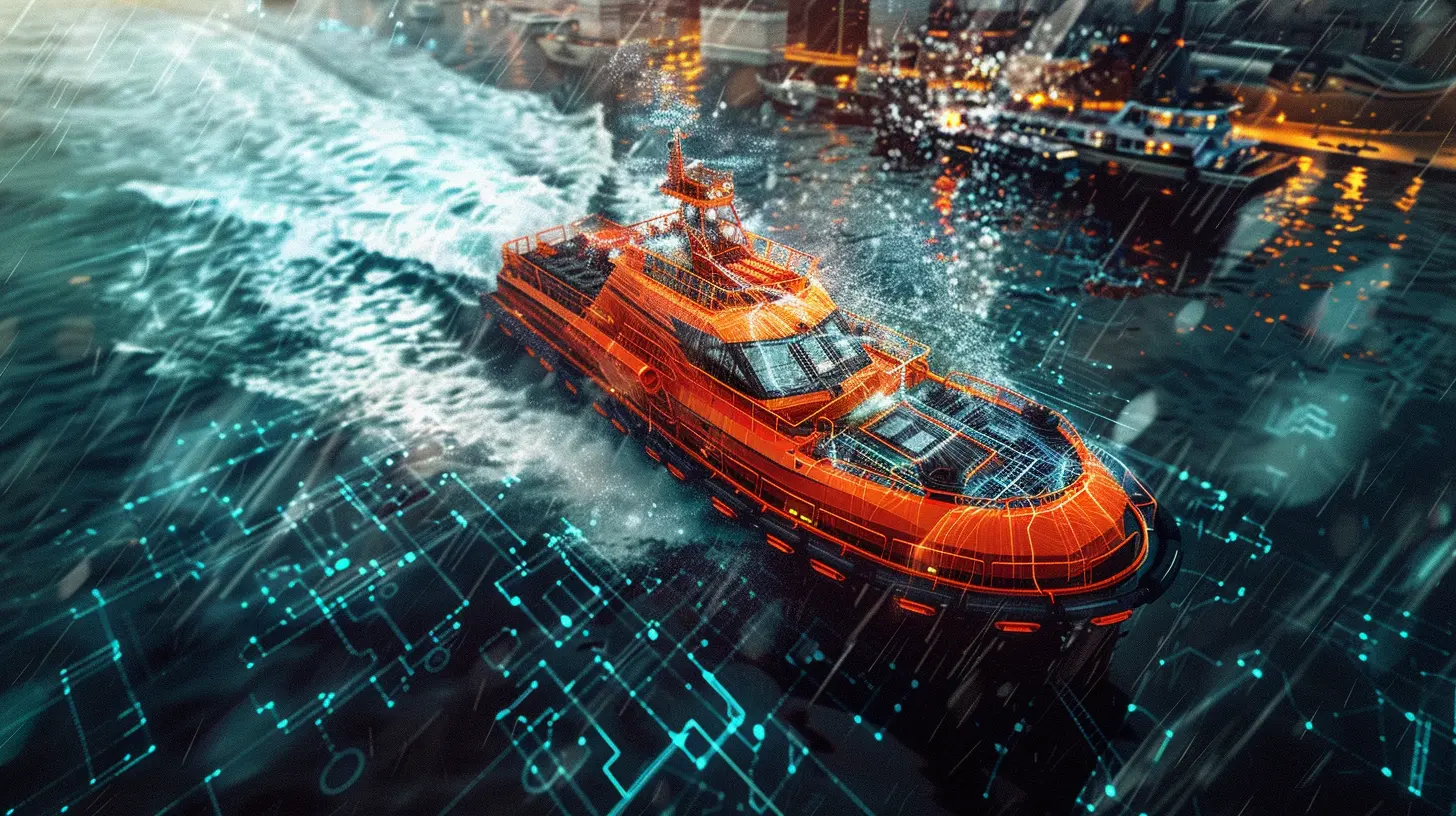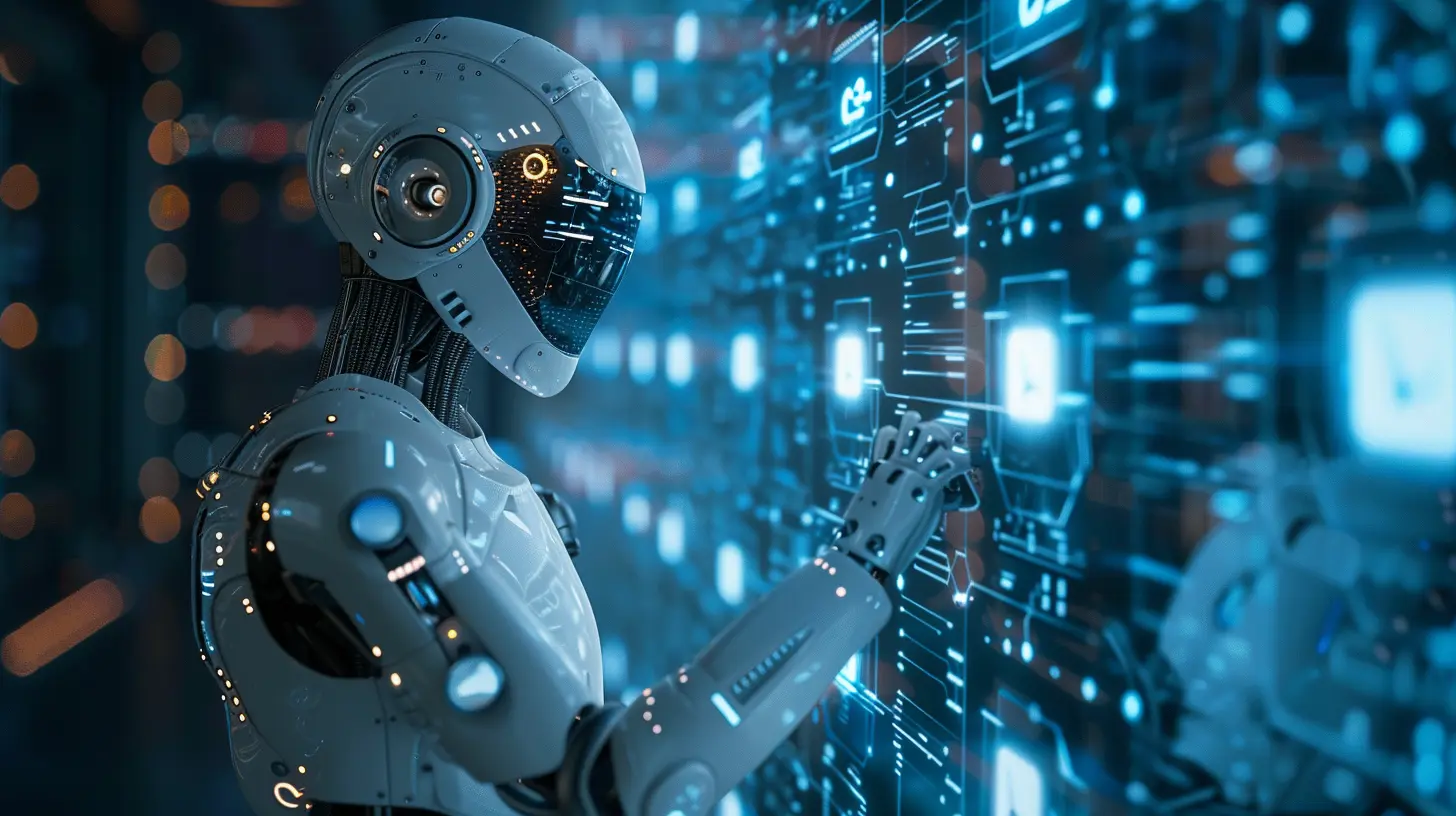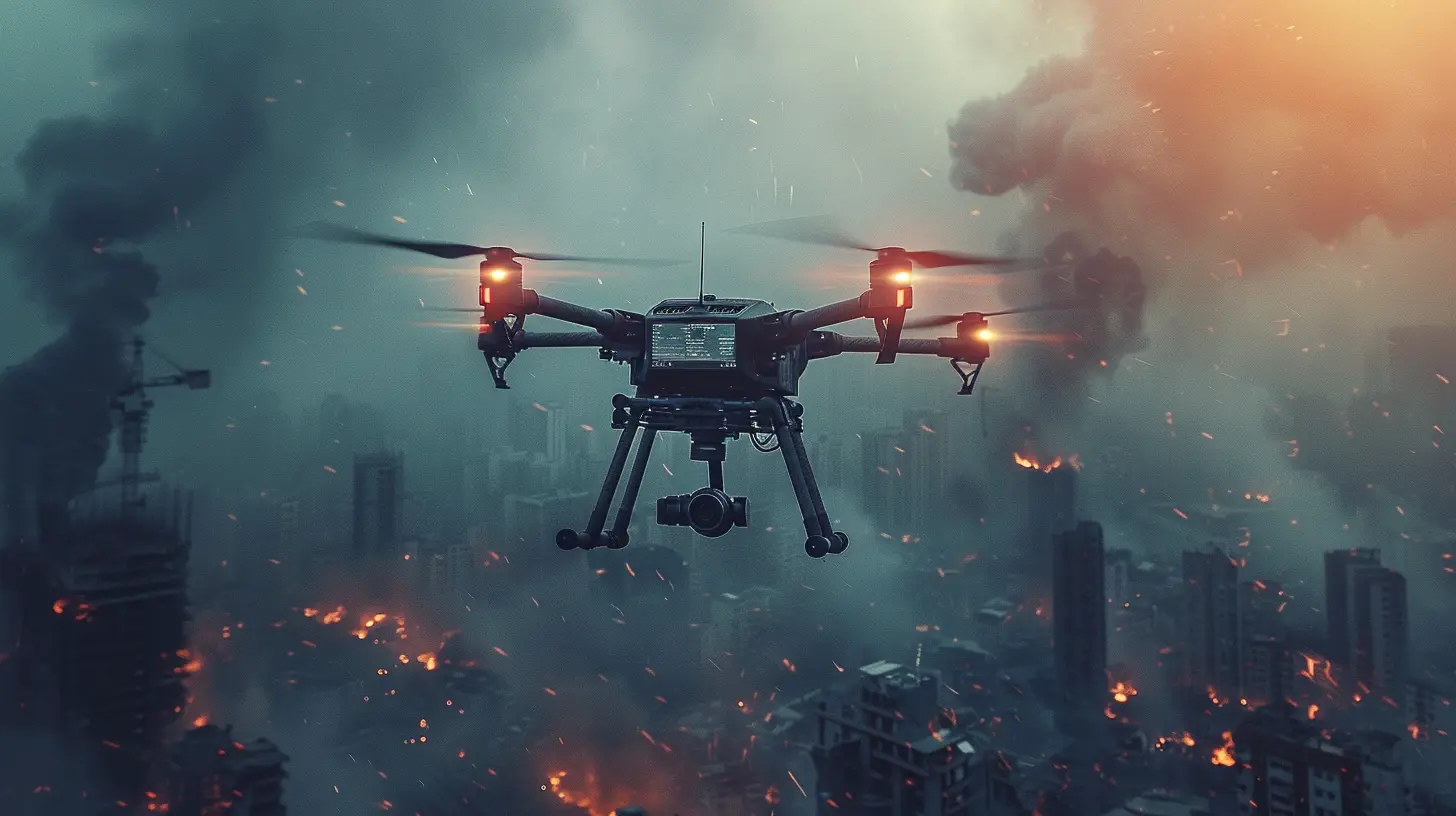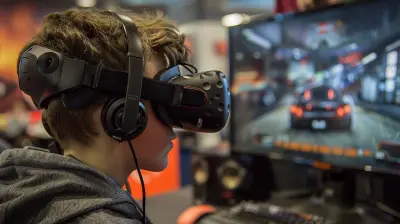How AI is Improving Disaster Response and Emergency Services
3 October 2025
Artificial Intelligence (AI) is revolutionizing the way we respond to disasters and manage emergency services. From predicting natural calamities to optimizing emergency response times, AI has become a game-changer in saving lives and mitigating damage. But how exactly does AI make a difference? Let’s break it down. 
The Role of AI in Disaster Response
When disaster strikes, every second counts. AI helps emergency teams work smarter, making swift decisions that can mean the difference between life and death. Whether it's forecasting hurricanes, detecting wildfires, or coordinating emergency rescue efforts, AI plays a vital role in making rescue operations more efficient and effective.1. Predicting Disasters Before They Strike
Wouldn’t it be incredible if we could foresee a disaster before it happens? AI is turning this into reality by using machine learning and big data analytics to predict disasters with greater accuracy than ever before.- Earthquake Prediction: AI can analyze seismic activities and detect patterns that indicate an imminent earthquake. Although predicting the exact time is still challenging, AI-driven models are improving the odds.
- Hurricane Tracking: AI processes satellite imagery and weather data to predict the path and intensity of hurricanes, giving people more time to evacuate safely.
- Flood Forecasting: AI models can analyze rainfall patterns, river levels, and climate data to predict floods before they occur, allowing authorities to issue timely warnings.
By analyzing vast amounts of real-time data, AI helps scientists and disaster management teams prepare better, reducing casualties and property loss.
2. AI-Powered Emergency Response
Once a disaster occurs, quick and coordinated response efforts are critical. AI enhances disaster response in multiple ways, from optimizing rescue missions to managing emergency communications efficiently.AI in Emergency Dispatching
AI-driven systems analyze 911 calls, social media feeds, and real-time surveillance footage to pinpoint the hardest-hit areas. For instance:- AI chatbots and virtual assistants can handle emergency dispatch calls, quickly gathering critical information and reducing wait times.
- Automated systems prioritize emergency requests based on severity, ensuring the most urgent cases are addressed first.
Search and Rescue with AI-Powered Drones
Search and rescue missions can be incredibly dangerous for first responders. AI-powered drones equipped with thermal imaging and facial recognition can scan disaster zones to locate missing persons or trapped survivors. These drones can:- Navigate through hazardous terrain that’s too risky for rescue teams.
- Identify survivors using heat signatures, even in low-visibility conditions.
- Deliver supplies like water, food, and medical kits to those in need.
3. AI in Communication During Disasters
Communication is often the first thing to break down during a disaster. AI-powered tools ensure that people stay connected even when traditional networks fail.- Chatbots for Crisis Information: Governments and NGOs deploy AI chatbots to provide real-time updates, evacuation routes, and emergency contacts via social media and messaging apps.
- Natural Language Processing (NLP) for Social Media Monitoring: AI scans platforms like Twitter, Facebook, and Reddit to detect distress calls, identify affected areas, and prioritize emergency responses.
- Satellite-Based AI Networks: When communication towers are damaged, AI-powered satellite networks can restore connectivity, ensuring emergency services stay in touch.
AI bridges the communication gap and ensures no one is left stranded without help. 
How AI Supports Emergency Services
Beyond disaster response, AI is transforming emergency services, making them faster, smarter, and more reliable.1. AI in Firefighting
Fire departments are integrating AI to predict and manage wildfires and urban fires effectively. How does AI help?- AI-Powered Fire Detection: Cameras and IoT sensors detect smoke and fire outbreaks in real time, alerting firefighters before flames spread.
- Predicting Fire Spread: AI algorithms analyze wind patterns, terrain, and weather conditions to predict the path of wildfires, helping firefighters strategize their response.
- AI-Assisted Robotics: Autonomous firefighting robots can enter burning buildings, assess conditions, and extinguish flames, reducing risks for human firefighters.
2. AI in Medical Emergencies
AI is making a significant impact in emergency medical services, ensuring patients receive quicker and more effective care.- AI in Ambulance Dispatching: AI-driven systems analyze traffic data and hospital availability to determine the fastest route for ambulances, reducing response times.
- Remote Patient Monitoring: Wearable devices use AI to monitor vitals such as heart rate and oxygen levels, enabling paramedics to assess patients before reaching the hospital.
- AI-Powered Diagnostics: In telemedicine, AI assists doctors in diagnosing injuries and illnesses quickly, ensuring patients receive the right treatment without delay.
3. AI for Law Enforcement and Security
AI helps law enforcement agencies respond efficiently to emergencies, from crime scenes to terrorist threats.- Predictive Policing: AI analyzes historical crime data to identify high-risk areas and prevent crimes before they occur.
- Facial Recognition and Surveillance: AI-powered cameras can detect and track suspects in real-time, aiding security forces in high-risk situations.
- AI in Cybersecurity: Emergency services also deal with digital threats. AI detects and mitigates cyberattacks on critical infrastructure, protecting vital systems from hackers. 
Challenges and Ethical Concerns of AI in Disaster Response
While AI brings incredible benefits, it isn’t without challenges. Some of the pressing concerns include:- Data Privacy: AI relies on vast amounts of personal data. Ensuring privacy and ethical use of this data is crucial.
- Algorithm Bias: AI models might unintentionally favor certain demographics, leading to unequal emergency response efforts. Addressing bias in AI is vital for fair and ethical disaster management.
- Over-Reliance on AI: AI should complement human expertise, not replace it. There’s always a risk of relying too much on AI, overlooking the critical role of human judgment in decision-making.
Addressing these challenges requires a balanced approach—leveraging AI’s potential while ensuring ethical considerations are met. 
The Future of AI in Disaster Management
We’ve only scratched the surface of what AI can do in disaster response and emergency services. In the future, expect even more advancements:- AI-Powered Predictive Models: More refined models will provide even earlier and more accurate disaster predictions.
- Autonomous Emergency Vehicles: AI-driven ambulances, fire trucks, and drones will revolutionize emergency response.
- Smart Cities for Disaster Mitigation: AI-integrated smart cities will have better infrastructure to withstand disasters and respond more effectively.
AI is not just changing emergency services—it’s redefining how we prepare for and respond to crises. The future looks promising, and with AI's help, we can make our world a safer place.
Final Thoughts
AI is transforming disaster response and emergency services in ways we never imagined. From predicting disasters before they happen to optimizing search and rescue missions, AI is a powerful ally in saving lives. Of course, there are challenges to overcome, but the potential benefits far outweigh the drawbacks.As AI continues to evolve, its role in disaster management will only grow stronger, ensuring faster, smarter, and more effective emergency responses. So, next time you hear about AI making a difference, just remember—it might just save lives in ways we never thought possible.
all images in this post were generated using AI tools
Category:
Artificial IntelligenceAuthor:

Jerry Graham
Discussion
rate this article
1 comments
Jane McGrath
Incredible insights! It's inspiring to see how AI can truly enhance disaster response and save lives.
October 6, 2025 at 12:13 PM

Jerry Graham
Thank you! I'm glad you found the insights inspiring. AI indeed has tremendous potential to transform disaster response and save lives.


